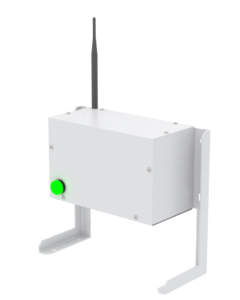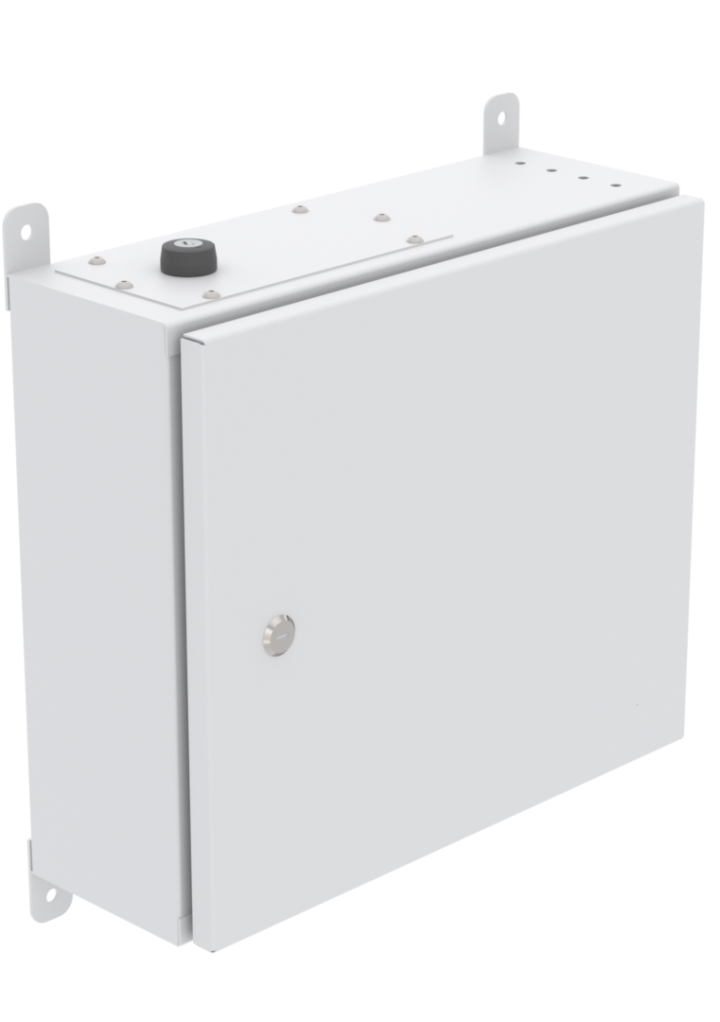What is Plastic Injection Molding?
Plastic injection molding is a manufacturing process used to produce large volumes of plastic parts by injecting molten plastic into a mold. The process involves heating plastic materials until they melt, then forcing the liquid plastic into a pre-designed mold cavity. Once the plastic cools and hardens, the mold is opened to release the final product, which can range from simple components to highly complex parts. It is widely used in industries such as automotive, electronics, medical devices, and consumer goods, where consistency and durability are crucial. Traditionally, human labor has played a critical element in managing material movement during the process, but with advancements in automation, there is a better way forward.
In many plastic injection molding operations, manufacturers run multiple machines simultaneously. For example, in a typical setup, four molding machines might operate, each producing a part every 80 seconds. Once 10 parts are ready, they need to be transferred to another location for warehouse delivery. This entire transfer cycle takes approximately 13.3 minutes (800 seconds).
Historically, this task required one dedicated worker to shuttle parts from the machines to an unloading platform. Given the need for continuous 24-hour operation, manufacturers typically had to hire three workers across three shifts to cover this process.
Automation Solution with Autonomous Mobile Robots (AMRs)
Now, with the introduction of DF’s Zalpha AGV, this labor-intensive process is no longer necessary. The AGV automates the material transfer process, handling the workload of all four machines while maintaining the same cycle time. In the simulation video by DF, it’s demonstrated that just one Zalpha AGV can efficiently manage this task, effectively replacing the need for three workers across shifts.
The AGV is programmed to pick up parts once a machine completes its batch of 10. In more complex scenarios, where multiple machines are requesting pick-ups simultaneously, DFleet, the fleet management system steps in. This system prioritizes deliveries and ensures seamless coordination, making operations smoother and more efficient.
Several of DF’s customers have already successfully integrated Zalpha AGVs into their plastic injection molding processes. These customers report completing an average of 400 tasks per day, with each AGV traveling around 7 kilometers daily. The automation not only maintains the cycle time but also reduces labor costs and optimizes the entire production flow.
Optimizing Operations Through Simulation
The simulation serves as a powerful tool for determining the optimal number of AGVs needed for any specific operation. By observing the movements of the AGV in the simulation, manufacturers can pinpoint areas for improvement and ensure the system is fine-tuned before implementation. The simulation highlights how one Zalpha AGV can manage all four machines in the example setup, making it a highly efficient solution for plastic injection molding facilities. What sets DF’s AGV apart is its flexibility and integration with IoT (Internet of Things). The AGV communicates with machines seamlessly, optimizing operations even further. This real-time communication ensures that AGVs are dispatched precisely when needed, enhancing productivity and minimizing downtime.
With DF’s AGVs, manufacturers can significantly enhance operational efficiency, reduce labor costs, and maintain high production rates. The combination of advanced fleet management, real-time data, and flexible AGV technology is driving the next wave of innovation in the industry. Adopting automated solutions like the Zalpha AGV will lead to smoother operations, better use of resources, and more streamlined manufacturing processes.
For more information, feel free to contact us via email at sales@dfautomation.com
Author: Dr Yeong Che Fai
Editor: Shalani Krishnan





















